J A Mortram has worked on the long form documentary series Small Town Inertia chronicling the lives of those on the fringe of his local community for the past 4 years. He has exhibited worldwide, published and is a proud member of the Aletheia Photos and Document Britain collectives. His work concentrates on the intimate stories, trials and endurance of everyday people in East Anglia, UK.
Jim took some time to answer some questions about his work:
You tell your stories using both image and text. I’ve noticed some videos as well with images and recorded text. Are you considering moving towards film?
I’m certainly embracing it, film, as another tool to share stories. I’ve found each discipline has their own ways of focusing and can be viewed, experience singularly or as a whole. Photographs and text have a great relationship when presented together, interviews render a deeper understanding and it’s always been of great importance to me to share images that have supporting text that acts as a kind of pathway into them, into the person sharing their story. Film is an extension of this. For me, all options are open, all ways of sharing are of equal importance, all have their ways of delivering information and it’d be a failing to not explore them use them as the tools they are and sharing across multiple disciplines give an audience multiple options, if they have found a particular story through stills, a film only serves to take them farther within the story.
On that note, what can photography do that film can’t?
Photography, I just love the pace of experiencing a still image, it’s so immersive, we might live in a world where time can be dictated by the short time it takes to click a mouse, the goal is to extend that time, to present images, within their context, supported by text to eliminate any overlay of assumption. I don’t intend for images to be art, for them to be a experience to leave guesswork or assumptions, they exist to document and in turn to share, vehicles of moments, they really transport us within themselves, and the people, stories they contain too, transported from one time, place to that of the viewer, ultimately it’s about bringing people closer together, closer to lives, situations, moments with the aim to break down walls of misunderstanding, stereotyping, we really need to try to cease judging one another based upon reinforced characters perpetuated by mass media and start listening to each other and discovering ways to understand all we have in common.
Which come first, the stories or the images?
They always evolve together. First though, always, comes listening. Everything comes from the fertile grounds of communication, asking questions then being quiet and really listening. I’ll make images through conversations, recording audio files of conversations, sometimes filming and that all serves as the foundations for a story, from that starting point I’m then able to follow it’s natural path, shooting straight documentary where needed, shooting portraits. It’s very organic, though, you’re planting seeds, tending to them and then watching them grow.
You mentioned that you want people to be comfortable and for the camera to disappear. You’re very involved in these people’s lives. How would you describe the relationship between what you make and the difficult emotions that come with it?
Absolutely, the last thing I’m interested in is a flying visit to the surface of someone elses life and taking a photograph of them looking at my camera. So, I spend a lot of time getting to know people, to better appreciate and understand them, though I’d say this is an extension of who I am, I love getting to know people, it just happens that this way of being is beneficial for stories, the time and self invested, by all parties, is always the key to the camera becoming invisible.
It can be hard, emotionally, shooting long form, especially when your witness to someones pain, or fear, or death. I’ve had a couple of people very close to me pass away, both played a huge part within the series and their passing hit me as profoundly as would any person close to me in life. I’ve never seen the camera as a shield to emotions, it’s not removing me, a step back, if anything, it’s bringing me closer, which is both my honour and privilege.
Life, though, is filled with beginnings and endings, as a carer I’ve become very used to witnessing pain, both physical and mental but rather than making me tune it out, harden to it, it’s just enabled me to learn to understand it, to listen and in turn do what’s needed versus doing what I perceive needs to be done, which most often is the wrong thing!, you have to learn to be more understanding, most all of the lessons I have learned caring for my mother have served me well in making documentary.
It’s important to have an internal relationship, dialogue, to know where the drive comes from, the fuel, for me, it’s always been about redressing the imbalance of how people are stereotyped, judged… I’m split between a state of continual awe at the strength it takes people to endure and angered at the often brutal ways people are treated, empathy is an energy, anger is an energy, both can be used, with the right focus, they become the hand that you hold to see you through.
When you’re editing your film how do you narrow down your selection of images? What things are you looking for specifically?
I really do a lot of what I do instinctively, that instinct is reinforced by every experience… I’ll always try to present a completed story with an element of linear narrative, chronological events punctuated with moments of reflection, so pairing images up with interviews and accounts is something I have often done.
Could you tell us a bit more about your process?
For the bulk of the series I’ve been using a Nikon D700 with an old 28mm AF f2.8, which is a lovely lens and recently a 24mm f1.4 which is such an enabler, able to shoot really fast in low light, which I often find myself shooting in, and of course my trusty Sekonic light meter which I use for every photograph. I’m embarking on a portrait series this year, in film, and for that I am using a Mamiya 7ii with a 65mm, so I’m very excited for that.
Your method of documenting reminds me of the work of John Grierson whose documentary work focused on social issues and emphasised the extraordinary in the everyday. What do these stories mean to you?
Thank you, that’s a wonderful compliment. The people, the stories, they are a huge part of my life and from pretty much day one, I’ve viewed these stories as important within the now and important for the future, not important in the sense of my having made them, I’m merely a conduit, but important for the people within them, the issues they raise, the time we are all within. I really see it as a resistance, there is a war happening, the lower classes (what a terrible premise for any culture to have) so often are demonised in the now, maligned and used as pawns in the game, appropriated as tools to empower editorial or political ideology.
I’ve always seen the human being before the labels we are so often taught to adhere to one another and I’ve always been aware of the chapters of back story that lead to a defining moment. We live in times of fast food truths, delivered in bite sized portions, using all the tricks of advertising, we exist in a time of being sold versions of the truth with the singular goal of swaying, shaping opinion, rather than bringing us closer, honing our empathy, it’s often used to divide us, fracture us, cutting prejudice into us, my only hope for these stories is that in some way, they unite us, bring us back to a time where we took the time to not become a panel of judges, life is not about being a self appointed judge, making snap decisions based upon a very thin experience, life is not fucking Pop Idol or X Factor, and the result of being swayed by such divisive presentation of fact via the mass media is less tolerance for many whom need only to be understood and embraced, the stories are about building communities, not tearing them down.
All images courtesy of J A Mortram.
Interviewed by Madeleine Schmoll
More: Website | Flickr | Vimeo | Tumblr | Facebook | Twitter


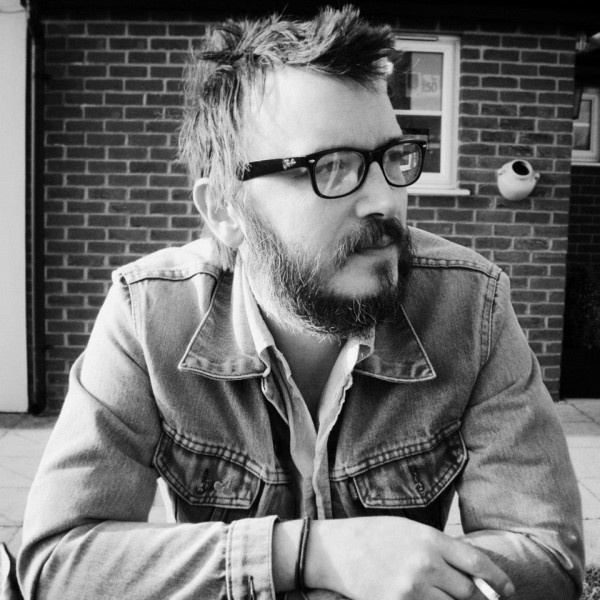
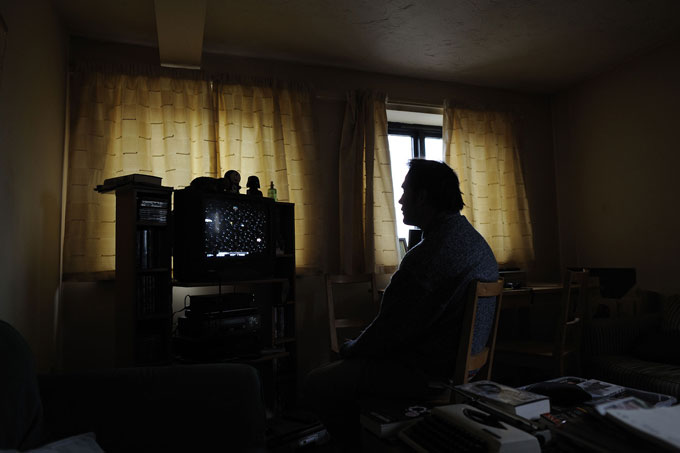
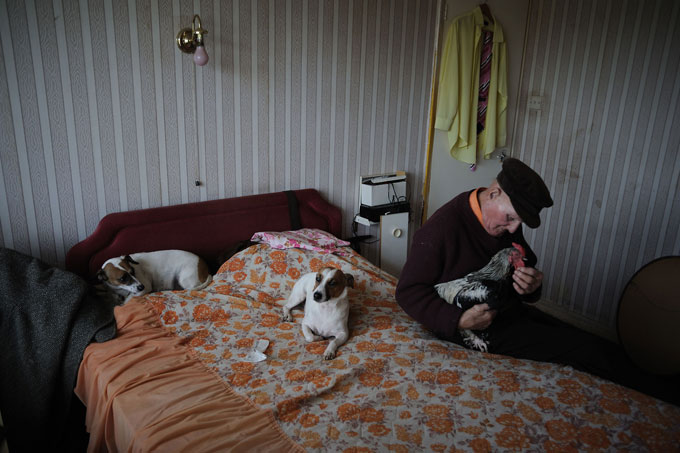
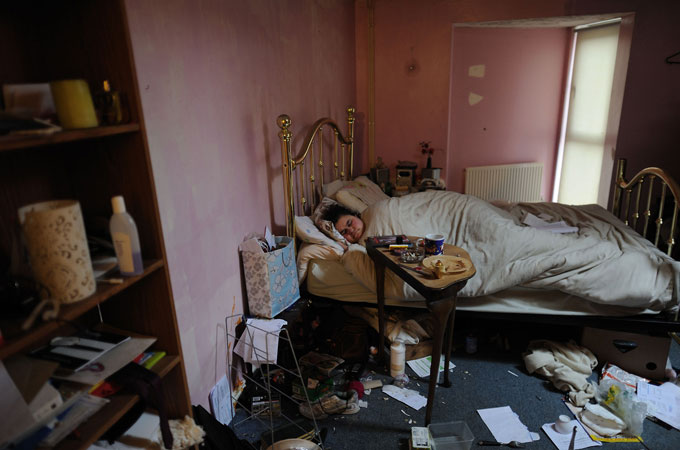
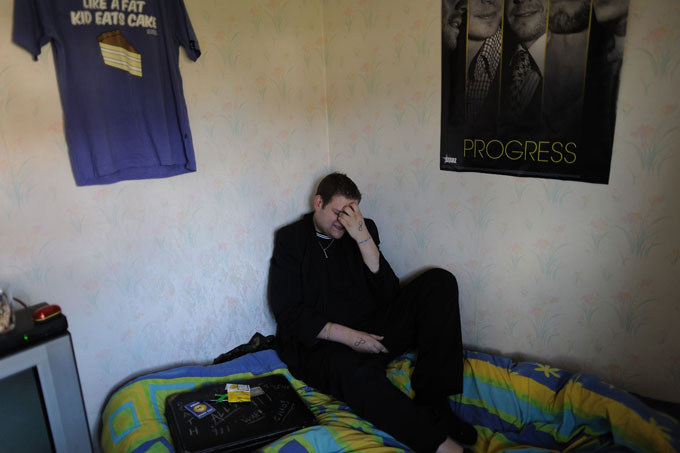


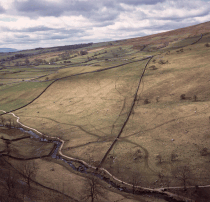









Comments